SOURCE: AFI

The Indian Navy successfully concluded a recent exercise in the Arabian Sea, flexing its underwater muscle with a powerful display of eight submarines operating together. This unprecedented demonstration highlighted the high operational readiness of the Indian Navy’s submarine fleet.
The exercise saw a unique convergence of submarine classes from various countries. Pictures, although not officially released, captured a glimpse of this “wolf pack,” featuring the Russian-supplied Kilo-class (Sindhughosh class), the French Scorpène class, and the German-supplied Shishumar class (Type 209) submarines. This diverse mix of underwater platforms signifies India’s strategic partnerships and its ability to seamlessly integrate these technologies.
Continue readingSOURCE: AFI

India’s Combatised Uttar Bharat Area (CUBA) recently conducted war games that showcased the effectiveness of the ZU-23 mm anti-aircraft gun system against low-level aerial threats. The swift and precise engagement of targets during these exercises highlights the ZU-23’s role in bolstering India’s air defense capabilities.
These war games come amidst a period of strategic rebalancing for the Indian Army, implemented following the Galwan Valley clash. This restructuring involved shifting responsibility for the crucial Himachal and Uttarakhand borders with China to the Central Command. This move aimed to address the geographical strain previously faced by the Northern Command, particularly 1 Corps. The rebalancing efforts were spearheaded by the late General Bipin Rawat, then Chief of Defence Staff (CDS), and General Manoj Mukund Naravane, the current Chief of Army Staff.
Continue readingSOURCE: IDRW.ORG TEAM.
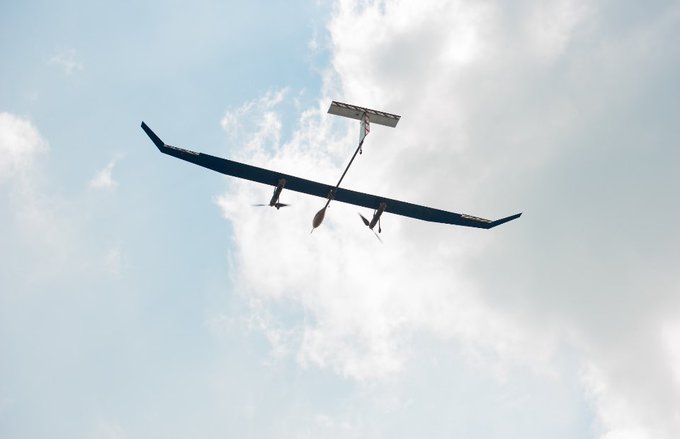
Bengaluru-based aerospace startup NewSpace Research & Technologies (NRT) has achieved a significant milestone with the successful completion of a 24-hour+ flight by its High-Altitude Pseudo-Satellite (HAPS) prototype. This marks a major leap forward in India’s development of unmanned aerial vehicles (UAVs) with extended endurance capabilities.
The HAPS SCALED, a solar-powered UAV, utilizes a Bushless DC electric motor and boasts a maximum take-off weight of 80kg. During the record-breaking flight over ATR Chitradurga, the HAPS SCALED exceeded all pre-defined test objectives.
Continue readingSOURCE: IDRW.ORG TEAM.

@detresfa_
India has issued a Notice to Airmen (NOTAM) for a military firing exercise to be conducted around the Andaman and Nicobar Islands, close to the strategically important Malacca Strait. The designated exercise area spans 380 kilometers and is scheduled for March 29-30, 2024.
The timing of the exercise coincides with the presence of the Chinese Yuan Wang 3 space tracking ship in the region. Analysts believe India might be test-firing the BrahMos supersonic cruise missile, which is deployed in the Andaman and Nicobar Islands. The BrahMos missiles are known for their speed and precision, and their deployment serves as a deterrent against potential Chinese incursions into the Indian Ocean Region (IOR) in the event of conflict.
Continue readingSOURCE: AFI

In a significant move, Indian drone manufacturer IdeaForge is expanding its horizons by venturing into the realm of logistics with the development of unmanned aerial vehicles (UAVs) capable of carrying payloads of up to 100 kg over distances of 100 km. This strategic shift, as articulated by Ankit Mehta, the co-founder & CEO of IdeaForge, not only marks a milestone in the company’s trajectory but also opens avenues for pioneering urban air mobility solutions.
With a proven track record in supplying drones to the Indian Army, IdeaForge has established itself as a leading player in the defense sector. Leveraging its expertise in UAV technology, the company is now poised to revolutionize logistics with drones tailored for commercial applications. This transition underscores IdeaForge’s commitment to innovation and its adaptability to emerging market demands.
Continue readingSOURCE: AFI
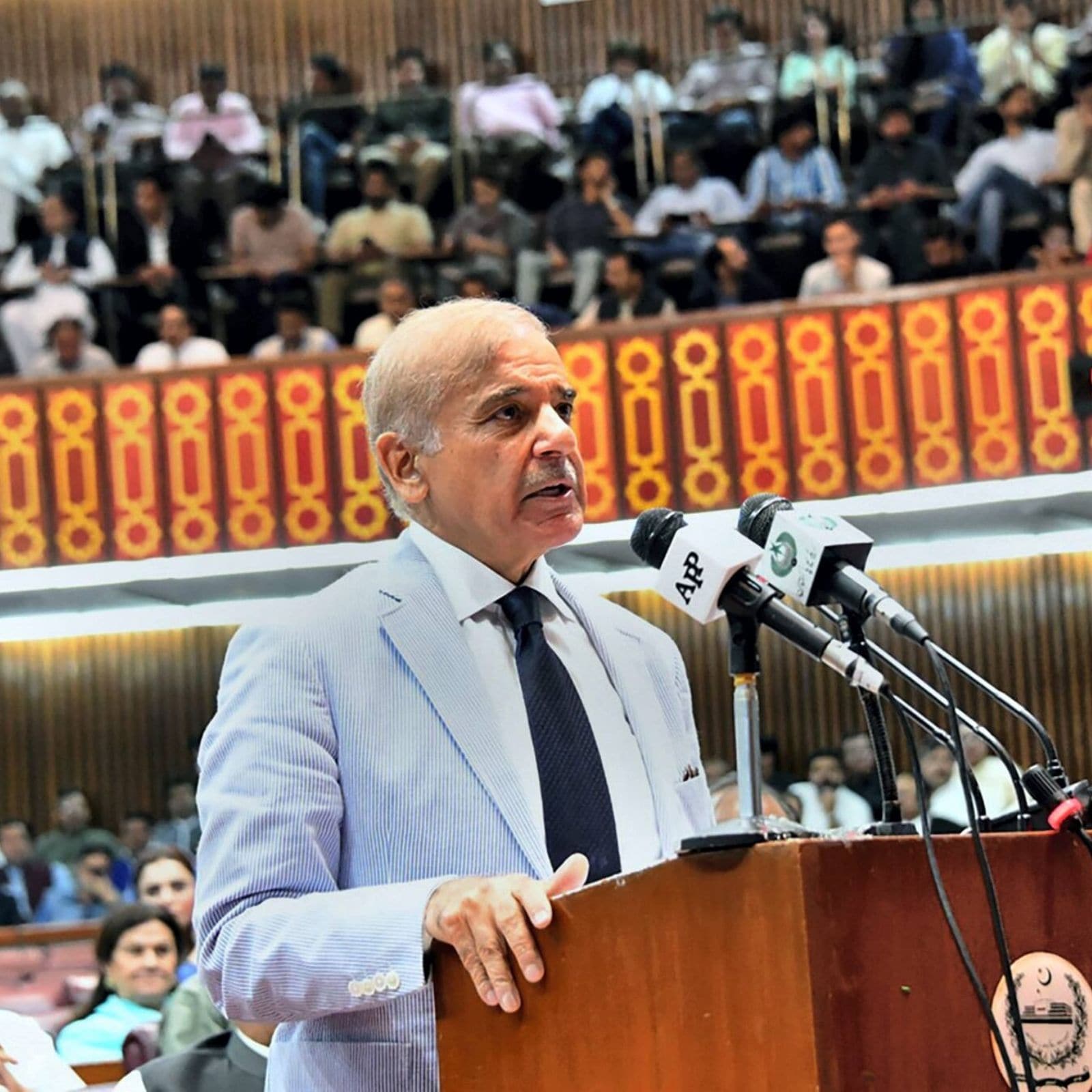
Pakistan’s new government stated on the country’s National Day that peaceful coexistence founded on equality and mutual respect serves as the guiding principles of its foreign policy. This principle, according to Islamabad, also underpins its desire for a peaceful relationship with India.
However, Pakistan also emphasized that peace and stability in the region can only be achieved through a peaceful settlement of all outstanding issues, including the “core” issue of Jammu and Kashmir. The Kashmir region is a territory claimed by both India and Pakistan and has been a source of tension between the two countries for decades.
Continue readingSOURCE: RAUNAK KUNDE / NEWS BEAT / IDRW.ORG
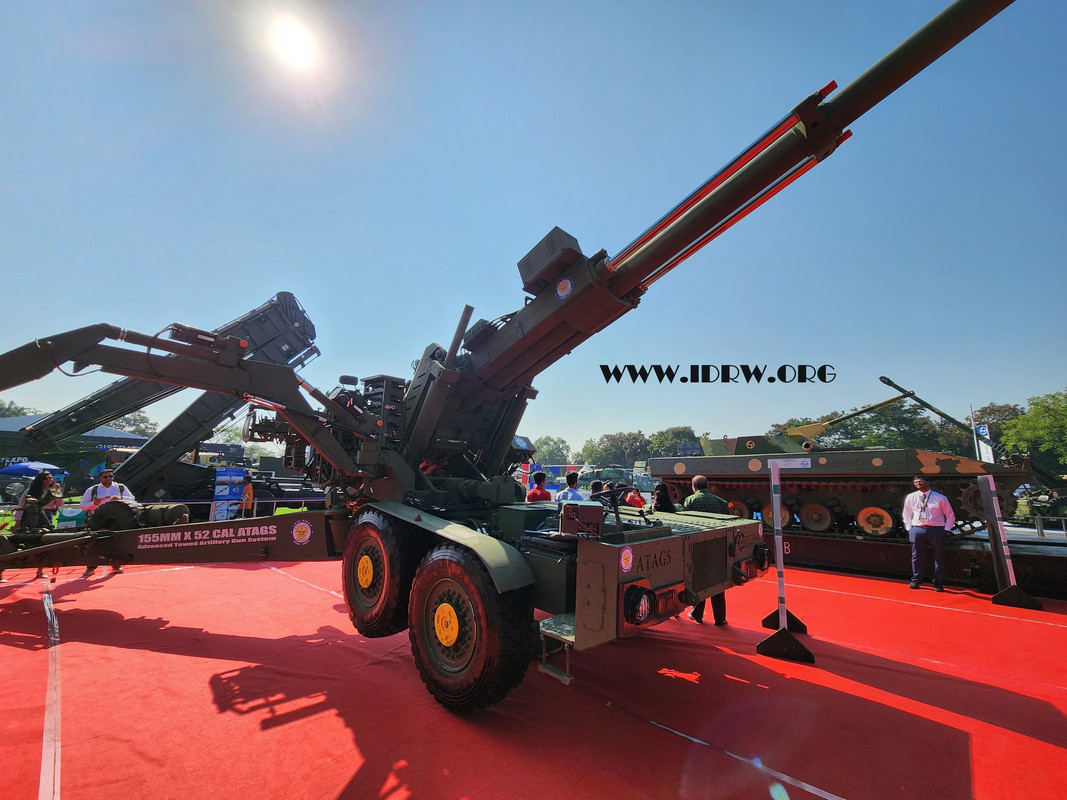
The Armament Research and Development Establishment (ARDE), a division of India’s Defense Research and Development Organization (DRDO), is working on the development of a lighter variant of the Advanced Towed Artillery Gun System (ATAGS). This new 155 mm x 52 calibre howitzer gun aims to meet the Indian Army’s requirements for next-generation Towed Gun Systems (TGS) by adhering to a weight limit of under 15 tons, as stipulated in the army’s tender.
The ATAGS, known for its advanced capabilities and firepower, has garnered attention for its effectiveness on the battlefield. However, its weight of around 18 tons posed a challenge for mobility and deployment, prompting the development of a lighter variant to address the army’s specific requirements.
Continue readingSOURCE: RAUNAK KUNDE / NEWS BEAT / IDRW.ORG

The first glimpses of the NAMICA MK2, the next iteration of India’s indigenously developed anti-tank missile carrier, have surfaced online. Compared to its predecessor, the MK2 brings a mix of firepower and revised functionality.
The most striking difference lies in the armament. The NAMICA MK1 sported six NAG anti-tank guided missiles (ATGMs). In contrast, the MK2 opts for a four-launcher configuration. This reduction is offset by the introduction of a 30mm cannon, providing the NAMICA MK2 with a robust countermeasure against lighter Armoured vehicles and fortifications.
Continue readingSOURCE: RAUNAK KUNDE / NEWS BEAT / IDRW.ORG

The Indian Army and the Defence Research and Development Organisation (DRDO) are reportedly collaborating on a fast-track mission to develop new long-range rockets. These rockets, with ranges of 120 kilometres (74 miles) and 300 kilometres (186 miles), could see developmental trials as early as 2025.
This initiative prioritizes speed, with both programs categorized as “fast-track mission mode.” This urgency suggests a potential need to address emerging strategic requirements.
Continue readingSOURCE: AFI
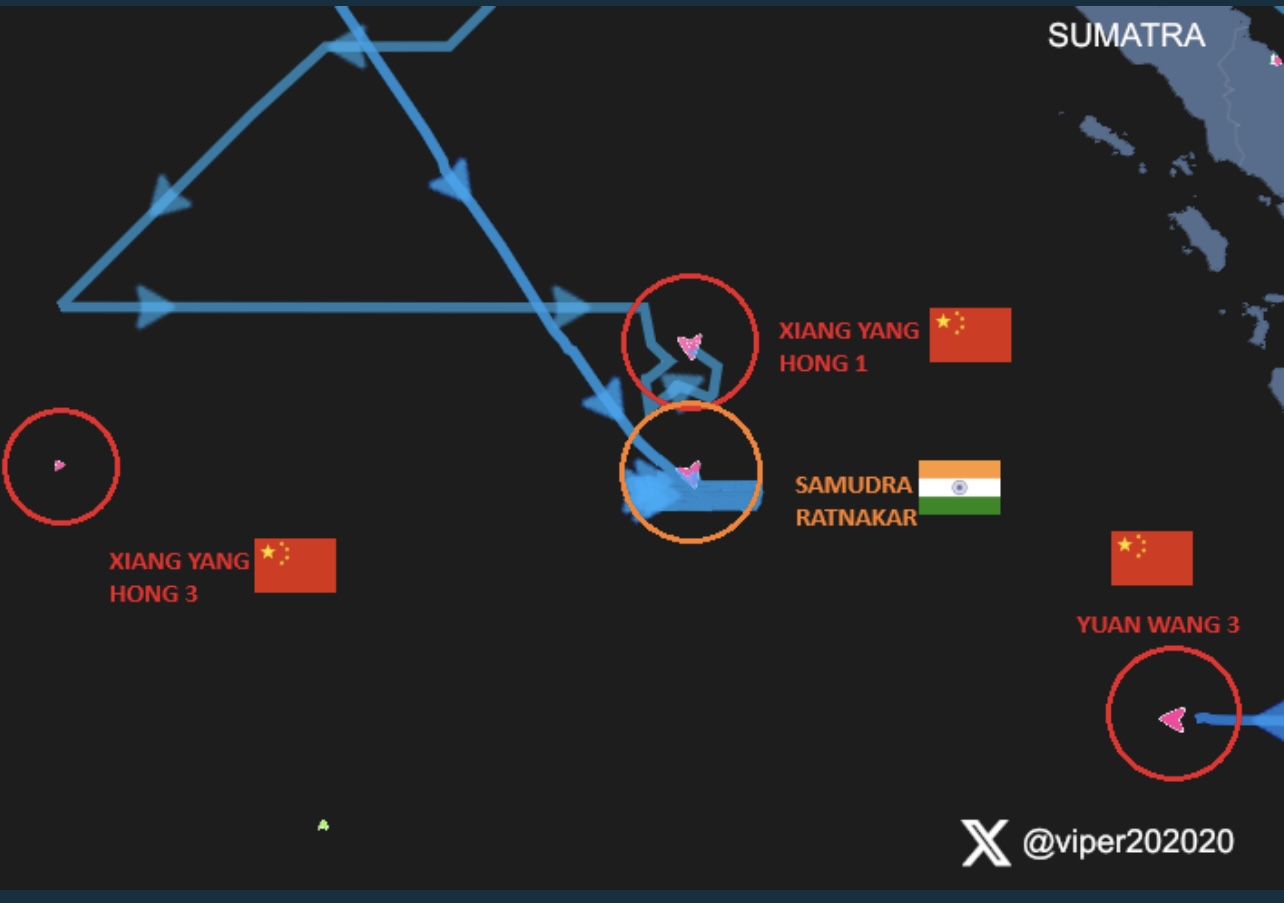
India has positioned its research vessel, RV Samudra Ratnakar, between two Chinese survey ships, XIANG YANG HONG 01 and XIANG YANG HONG 03, located off India’s eastern coast. This deployment comes amid concerns over the presence of Yuan Wang 3, a Chinese military survey ship, in the same region.
The RV Samudra Ratnakar is a state-of-the-the-art oceanographic research vessel operated by the Geological Survey of India (GSI). Built by Hyundai Heavy Industries in South Korea, the 103-meter long vessel is equipped for extended missions, capable of continuous sailing for 45 days and accommodating up to 73 personnel, including 25 geoscientists.
Continue readingSOURCE: AFI

Prominent defense journalist Anantha Krishnan M has confirmed that India’s indigenously developed Tejas Mk1A fighter jet achieved a significant milestone on Friday, March 22nd, 2024, with the successful completion of its Low-Speed Taxi Trials (LSTT).
This achievement marks a major step forward for the Tejas Mk1A program, paving the way for its much-anticipated maiden flight. According to sources, HAL Chairman is reviewing all system clearances meticulously. With HAL and ADA teams working tirelessly, the first flight is now expected to take place within the coming week, potentially before March 31st.
Continue readingSOURCE: AFI

A Kalvari-class submarine of the Indian Navy has etched its name in history with its inaugural visit to Campbell Bay, the southernmost port of India located in the Nicobar Islands. This marks a significant milestone for the Indian Navy, signifying its growing reach and operational prowess.
Campbell Bay’s strategic location far from mainland India makes it a crucial port for bolstering naval presence in the region. The successful visit of the Kalvari-class submarine demonstrates the Indian Navy’s ability to rapidly deploy stealthy submarines in areas of interest, enhancing its flexibility and deterrence capabilities.
Continue readingSOURCE: IDRW.ORG TEAM.
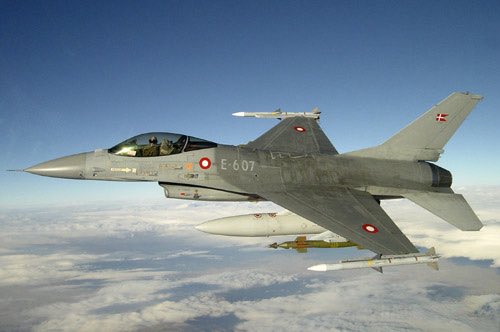
The Argentine Air Force (Fuerza Aérea Argentina) has opted to acquire 24 ex-Danish F-16A/B MLU fighter jets in a deal valued at $650 million USD. This decision comes after considering offers from India’s LCA-Tejas and China’s JF-17 Thunder.
The ex-Danish F-16s were offered at a significantly lower price point compared to the new-build alternatives. At $14 million per unit, the F-16s were nearly three times less of the price of the offered Tejas and JF-17 jets.
Continue readingSOURCE: IDRW.ORG TEAM.
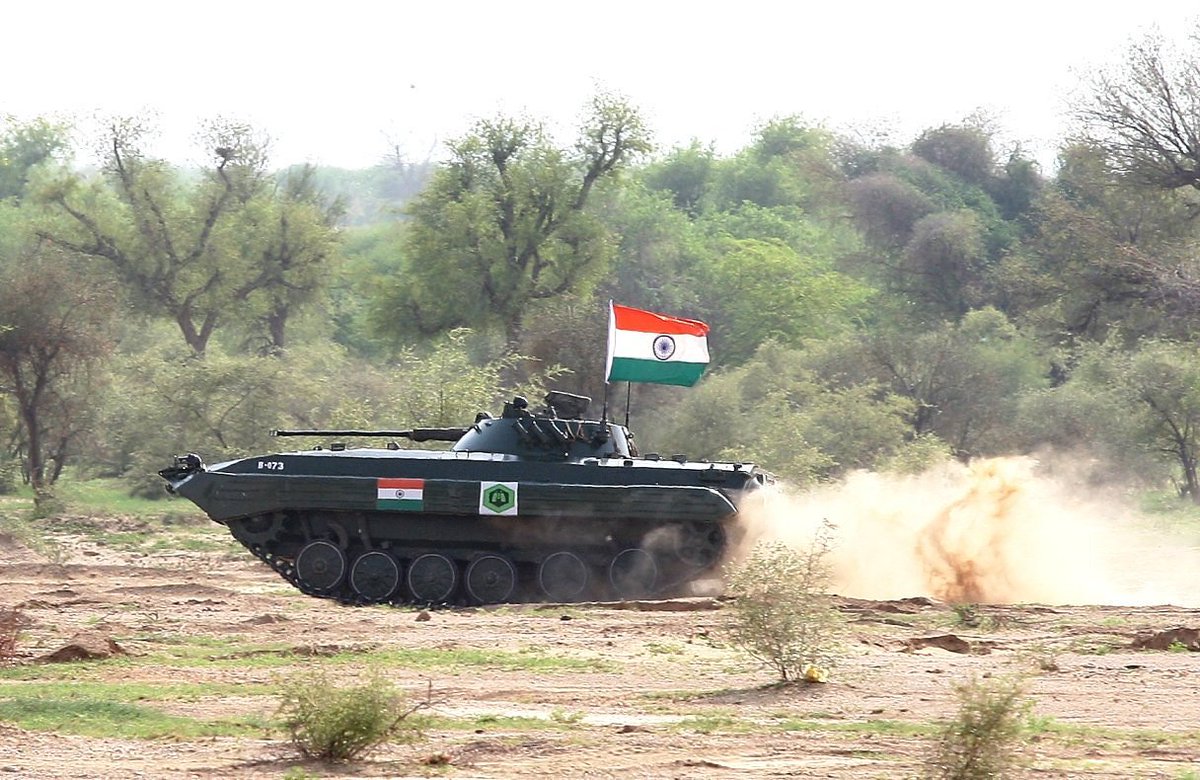
The Defence Ministry’s CCS (Cabinet Committee on Security) has approved a critical upgrade for the BMP-2 infantry fighting vehicle, a mainstay of the Indian Army’s mechanized forces. These upgrades are particularly important for the ongoing situation in Eastern Ladakh, where BMP-2s have been deployed in large numbers to counter Chinese forces.
The BMP-2s, currently manufactured by the Ordnance Factory Board (OFB) under Russian license, are set to receive a significant power boost thanks to Pinaka Aerospace Solutions, a Bangalore-based company. Pinaka’s key contribution is the development of a fully indigenous Transmission Control Unit (TCU). This unit sits at the heart of the engine upgrade, ensuring optimal power delivery.
Continue readingSOURCE: AFI
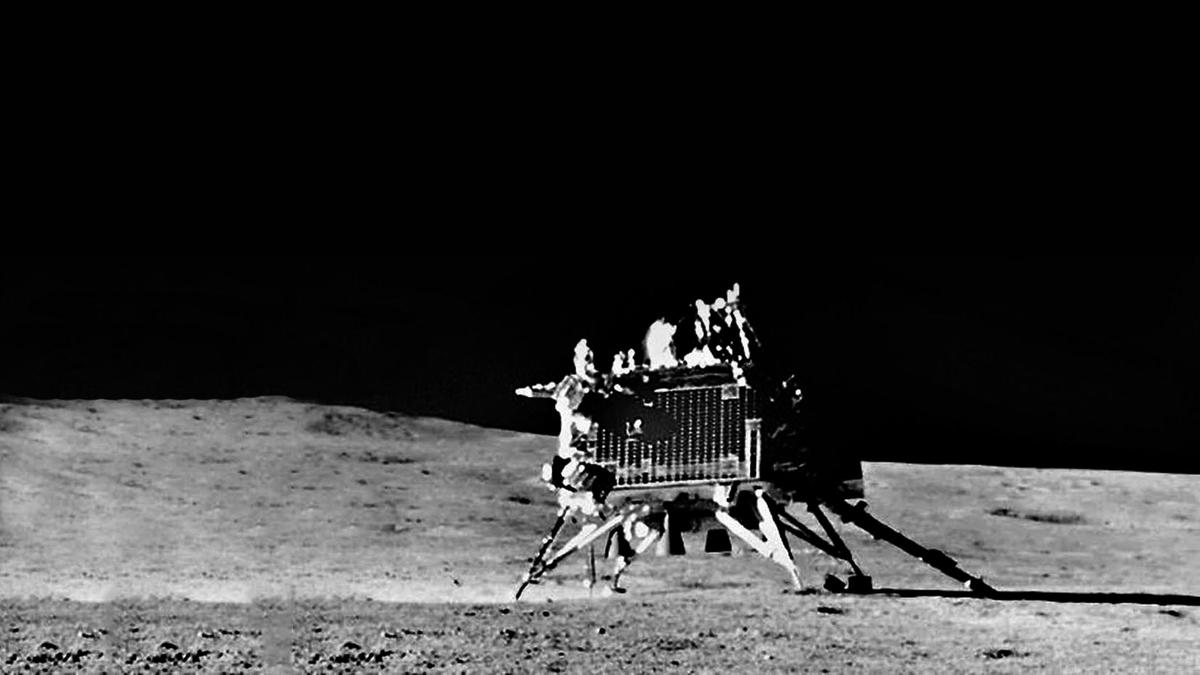
Nearly seven months after the historic landing of Chandrayaan-3 on the lunar surface, the landing site has been officially christened “Shiva Shakti” by the International Astronomical Union (IAU). This follows Prime Minister Narendra Modi’s announcement on August 26, 2023.
The confirmation comes from the Gazetteer of Planetary Nomenclature, a comprehensive record maintained by the IAU that details all officially recognized names on planets, moons, and other astronomical bodies. The Gazetteer describes “Shiva Shakti” as a compound word from Indian mythology, symbolizing the masculine (Shiva) and feminine (Shakti) duality of nature.
Continue reading